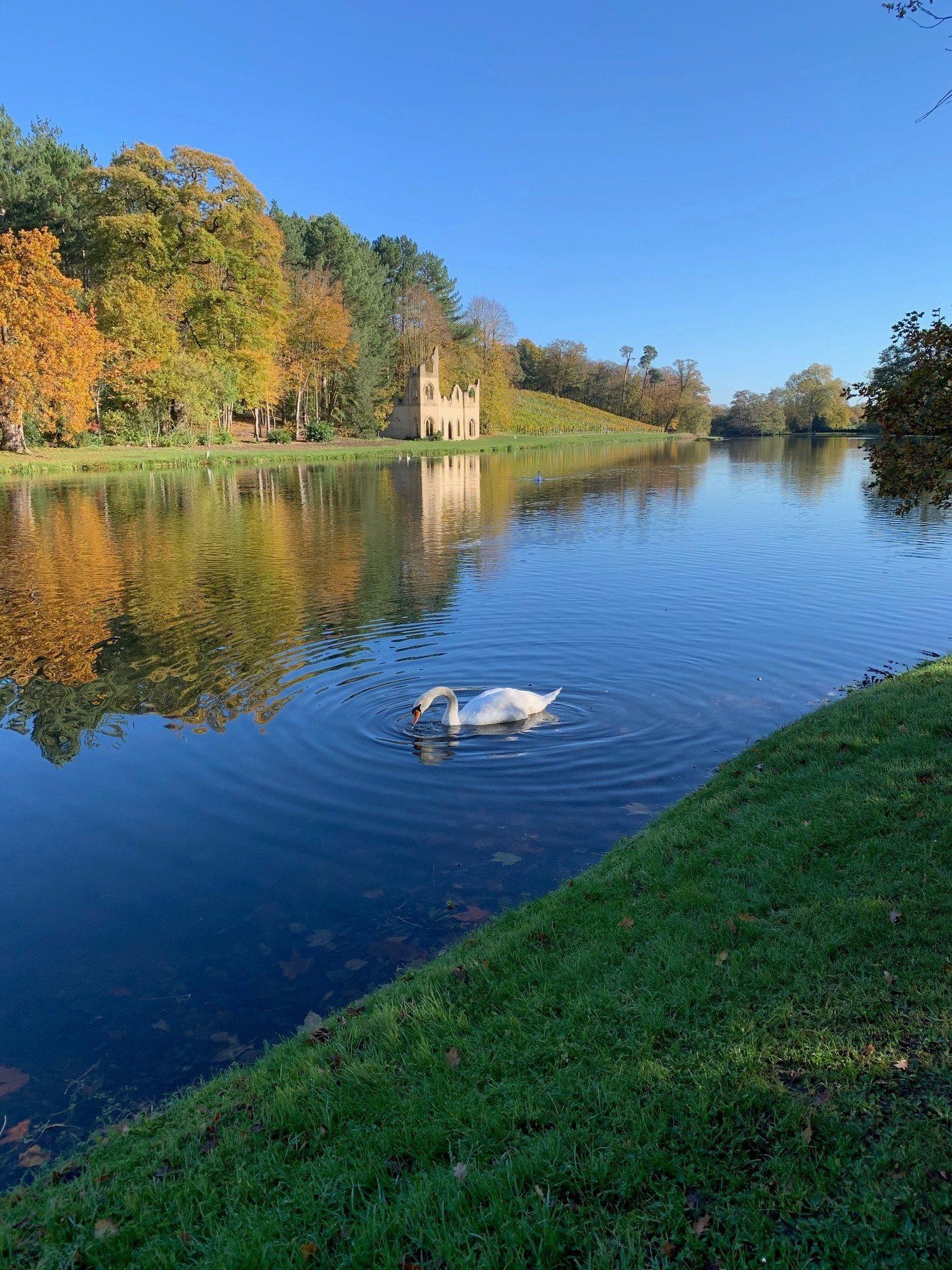Surrey Views


Painshill Park
Covid-19 has made 2020 a difficult – and too often tragic – year for so many individuals, businesses and institutions. Large numbers of charitable organisations which rely for their income on a healthy level of visitor numbers – the National Trust being the most conspicuous example – struggled during the first lockdown to survive the impossible equation of no revenue against fixed costs of maintenance and infrastructure which the furlough system, however generous, could only partially offset. The financial implications for many charities have been dire. These remain, in the face of a second lockdown, immensely challenging.
But there are beacons of light within this grim darkness which signal that survival is possible. In the instance of Painshill Park, an independent charity which has to make its way on its own, this brings the reassuring news that this unique and beautiful eighteenth century landscape in the heart of Surrey, the forerunner of those later great landscapes associated with more famous names like Capability Brown and Humphrey Repton, will be able to survive the challenges of the pandemic.
Why does Painshill matter? Because it is both beautiful and unique. Hidden on the outskirts of Cobham between the River Mole and what is now the A3, is Charles Hamilton’s stunning and majestic created landscape, first laid out in the mid-eighteenth century, which by the 1970s had become a derelict shadow of its former self. In 1981 the Painshill Park Trust was established with the aim of restoring this abandoned landscape to the state it had at the height of its glory two hundred years before. A huge amount has been achieved since then: eighteenth century follies have been lovingly re-built; the serpentine lake has been restored in all its beauty; the grotto – judged by one contemporary as ‘the finest of its type ever built’ – recreated; Charles Hamilton’s vineyard replanted and its annual crop now made into Painshill wine; and paths carefully maintained to lead the visitor around 160 acres of stunning and unexpected views. And there is yet more work to do, alongside the everyday need to care for and maintain this precious jewel.
The income which makes this possible is entirely self-generated, by ticket sales, retail income from the shop, catering, events and membership subscriptions, supplemented by an active fund-raising programme. All this, of course, has been seriously interrupted, and unforeseeable costs incurred, not only by the closure of Painshill for nine weeks during the first lockdown, but also by serious flooding of the Park at the start of the year. The good news, however, began on 1 June, when Painshill was able to re-open to pre-booked visitors – with every ‘Covid safe’ arrangement carefully in place – since when the numbers of those coming to the Park have been exceptional.
And the immediate future? Paul Griffiths, the director of Painshill, says more about this in the accompanying podcast. But with continuing public support the omens are good. Painshill has been able to stay open during the second lockdown. Although its normal Christmas events will not be possible this year, it is providing for the Christmas season the ‘Snowfari’ event within its landscape, which will allow visitors to explore the estate encountering models of winter animals, gingerbread men and Christmas trees. The pre-booking of tickets for this is well above the Park’s best expectations. And Painshill will continue for the future its work to attract visitors of all ages to see for themselves this unique gem of Surrey’s – too often unknown – landscape and history. We should be proud of Painshill: it is a county asset of genuinely national importance.
Sir Stephen Lamport GCVO DL
Vice Lord- Lieutenant
